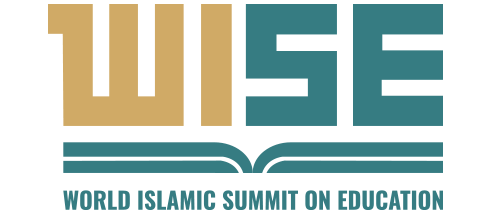
Pedagogy in Islamic Education: The Madrasah Context is a book that offers a valuable perspective on Islamic education in the context of madrasahs. The book is authored by Glenn Hardaker and Aishah Ahmad Sabki, who examine Islamic pedagogy from a spiritual perspective. The authors provide insights into the relationship between Islamic pedagogy and embodied learning, and the associated features seen in madrasahs and related educational institutions. They outline the impact of this approach on the use of language, moral values embedded in teaching and learning, a madrasah model of embodiment, and ideas about knowledge and the sacred.
The book is divided into four chapters, with each chapter focusing on a specific aspect of Islamic pedagogy. The first chapter introduces the theoretical framework for the book, which is based on the interplay between memorization, orality, and the use of the written word in supporting the learning process. The authors use this framework to explore the characterizing concepts of Islamic pedagogy and the sensoria. They argue that the Islamic approach to the sensoria is different and privileges orality, kinesthesia, and embodiment.
The second chapter examines the history and formation of madrasahs. The authors explore key moments in madrasah history and their formation, the diversity of Islamic institutions, and the idea of the scholastic community to show the rise of Islamic education institutions and the diversity within their formation. The authors argue that the diversity within Islamic institutions is a reflection of the diverse communities that they serve.
The third chapter explores the philosophy of Islam and knowledge, spiritual understanding of Islamic education and knowledge, and the sacred as an educational compass. The authors argue that the Islamic approach to education is based on a spiritual understanding of knowledge, which is grounded in the sacred. They suggest that this approach to education is not limited to Islamic contexts but has universal applications.
The final chapter explores the implications of Islamic pedagogy and embodied learning, the universal nature of Islamic pedagogy, and reflections for the future. The authors argue that Islamic pedagogy has universal applications and can be used to enrich education in diverse contexts. They suggest that Islamic pedagogy can contribute to the development of a more holistic approach to education that is grounded in the sacred and that values embodied learning.
Overall, Pedagogy in Islamic Education: The Madrasah Context offers a valuable perspective on Islamic pedagogy and its relationship to embodied learning. The book is well-written and clearly structured, making it easy to follow the authors’ arguments. The authors’ use of theoretical frameworks and empirical evidence to support their arguments is well done and adds to the credibility of the book.
As a Muslim teacher, I would highly recommend this book to other Muslim teachers who are interested in exploring Islamic pedagogy and its relationship to embodied learning. The book offers valuable insights into the characterizing concepts of Islamic pedagogy and the sensoria, the history and formation of madrasahs, the philosophy of Islam and knowledge, and the implications of Islamic pedagogy and embodied learning.
One of the strengths of the book is its focus on embodied learning. The authors argue that embodied learning is an essential aspect of Islamic pedagogy, and they provide empirical evidence to support this argument. As a Muslim teacher, I believe that this focus on embodied learning is essential for developing a more holistic approach to education that is grounded in the sacred.
Another strength of the book is its universal application. The authors argue that Islamic pedagogy has universal applications and can be used to enrich education in diverse contexts. As a Muslim teacher, I believe that this is an important message that needs to be shared with educators around the world.
One of the weaknesses of the book is its narrow focus on madrasahs. While the authors do acknowledge that Islamic education is diverse and goes beyond madrasahs, they do not provide as much detail about other Islamic educational institutions. This narrow focus may limit the book’s appeal to a broader audience of Muslim educators.
In conclusion, Pedagogy in Islamic Education: The Madrasah Context is a valuable contribution to the literature on Islamic education. The book offers a valuable perspective on Islamic pedagogy and its relationship to embodied learning. The book’s focus on embodied learning and its universal application make it a valuable resource for Muslim educators who are interested in developing a more holistic approach to education that is grounded in the sacred.

Your articles not only nourish the soul but also strengthen my connection to Allah. May your efforts continue to inspire and guide us.